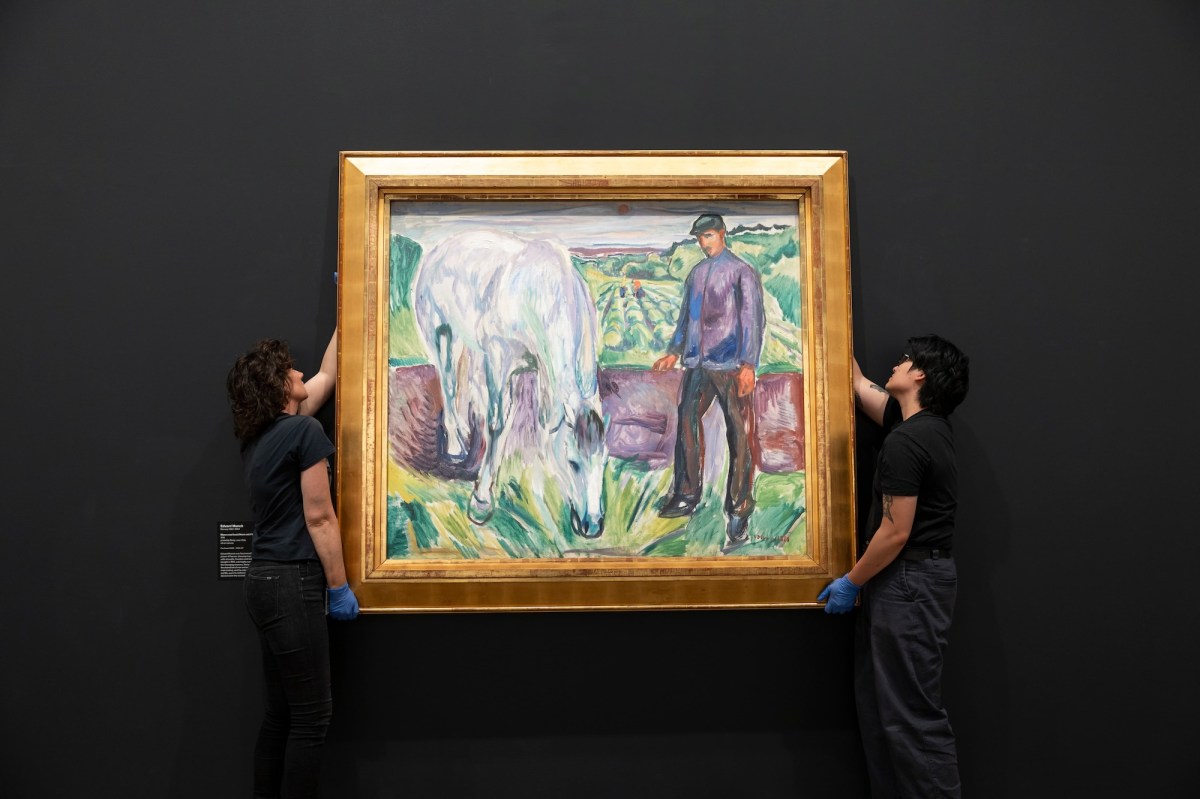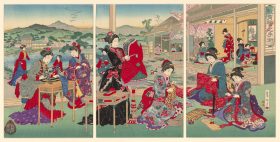Edvard Munch is one of art history’s most iconic artists – his painting The Scream (1893) has been immortalised on fridge magnets, tea towels and weighty tomes exploring expressionism.
Australia is now set to have its own Munch masterwork with the donation of the painting Man with Horse, which has been gifted to the National Gallery of Australia (NGA). It marks the most significant acquisition for the national collection in the 21st century.





